Sidusglacies - ⚡️

More Posts from Sidusglacies and Others









WARRIOR ANGEL

“One of the most actively changing areas on Mars are the steep edges of the North Polar layered deposits. This image from NASA’s Mars Reconnaissance Orbiter (MRO) shows many new ice blocks compared to an earlier image in December 2006. An animation shows one example, where a section of ice cliff collapsed. The older image (acquired in bin-2 mode) is not as sharp as the newer one.” Credit - nasa.gov
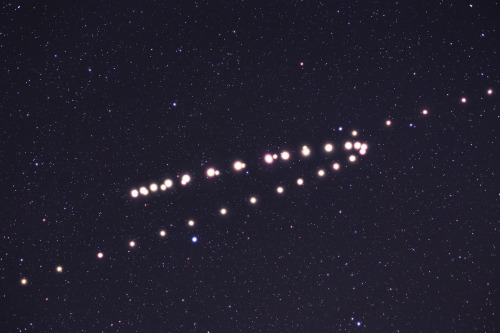
Retrograde motion of Mars in the night sky of the Earth.
Image Credit: Tunc Tezel









URANUS IN AQUARIUS
we are golden stars above silver seas
we hear echoes from another galaxy
(artist of top & bottom painting: tincanforest)

Fallstreak hole


texas// us-57
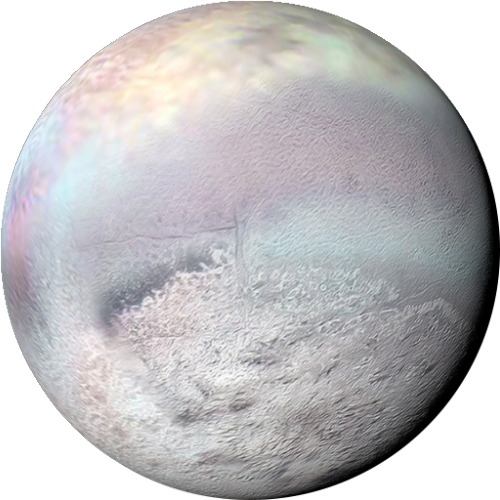
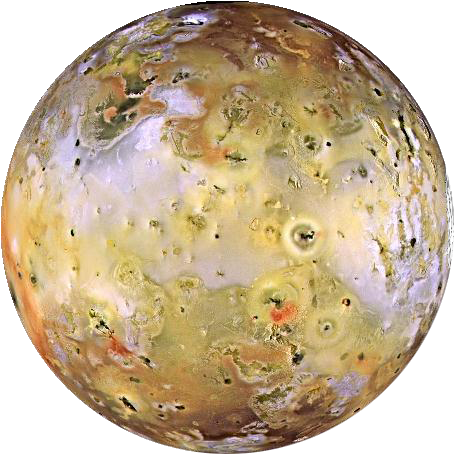
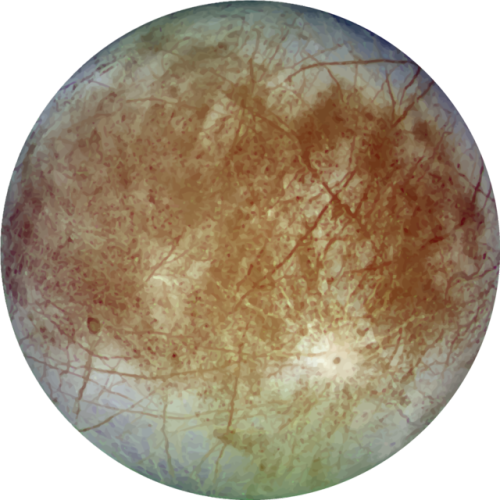
Triton (Neptune I), Io, Europa.
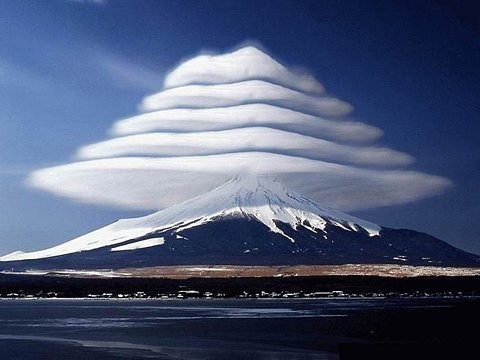
Lenticular Clouds, Mount Fuji, Japan
photo via permsiri
Huge news! Astronomers using the Hubble space telescope have discovered water in the atmosphere of an exoplanet in its star’s habitable zone. If confirmed, it will be the first time we’ve detected water—a critical ingredient for life as we know it—on an exoplanet. The water was detected as vapour in the atmosphere, but the temperature of the planet means it could sustain liquid water on its surface, if it’s rocky.
The planet is called K2-18b, and it’s about 110 light years away. The planet is much different than Earth. It’s a Super-Earth, and it’s twice as large as Earth, and about 8 times as massive. K2-18b is orbiting a red dwarf star, and it was first discovered in 2015 by the Kepler Space Telescope.
Dr. Angelos Tsiaras (UCL Centre for Space Exochemistry Data, CSED), said: “Finding water on a potentially habitable world other than Earth is incredibly exciting. K2-18b is not ‘Earth 2.0’ as it is significantly heavier and has a different atmospheric composition. However, it brings us closer to answering the fundamental question: Is the Earth unique?”
The team behind the discovery developed algorithms and ran archived Hubble data from 2016 and 2017 through them. They analyzed starlight from the red dwarf star as it passed through the exoplanet’s atmosphere. They discovered the molecular signature of water, as well as hydrogen and helium.
This discovery needs follow-up observations to confirm it. We also need better telescopes to study its atmosphere in greater detail, and the atmospheres of other exoplanets. Two telescopes on the horizon will tackle that job. The James Webb Space Telescope will have the powerful capability to examine the atmospheres of exoplanets, which is really the next step in understanding all of the exoplanets found by Kepler, and which will be found by TESS.
The ESA’s ARIEL (Atmospheric Remote-sensing Infrared Exoplanet Large-survey) mission will launch in 2028 and will study the atmospheres of about 1000 exoplanets in detail. ARIEL, along with the JWST, will give us a much better understanding of K2-12b and exoplanets like it.
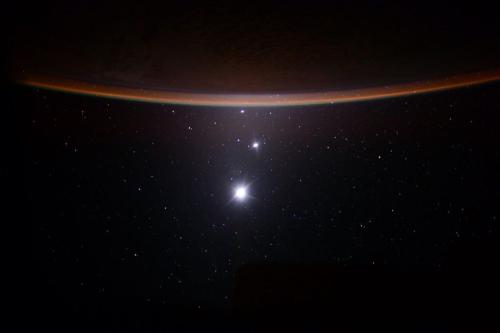
Astronaut Scott Kelly captures a Earth/Moon/Venus/Jupiter alignment from the ISS
-
 wolfeet liked this · 4 months ago
wolfeet liked this · 4 months ago -
 esthermonster reblogged this · 4 months ago
esthermonster reblogged this · 4 months ago -
 gasbleak liked this · 1 year ago
gasbleak liked this · 1 year ago -
 evolision reblogged this · 1 year ago
evolision reblogged this · 1 year ago -
 evolision liked this · 1 year ago
evolision liked this · 1 year ago -
 pumpmenbevede liked this · 1 year ago
pumpmenbevede liked this · 1 year ago -
 ghettoman2 liked this · 2 years ago
ghettoman2 liked this · 2 years ago -
 littlevoicec liked this · 2 years ago
littlevoicec liked this · 2 years ago -
 cool-dark-fan liked this · 2 years ago
cool-dark-fan liked this · 2 years ago -
 breathtakinglust reblogged this · 3 years ago
breathtakinglust reblogged this · 3 years ago -
 ed-rosa reblogged this · 3 years ago
ed-rosa reblogged this · 3 years ago -
 5peedracer liked this · 3 years ago
5peedracer liked this · 3 years ago -
 phoenixforce10 reblogged this · 3 years ago
phoenixforce10 reblogged this · 3 years ago -
 hartbrakeace reblogged this · 3 years ago
hartbrakeace reblogged this · 3 years ago -
 aleibrise liked this · 3 years ago
aleibrise liked this · 3 years ago -
 merymina-stuff liked this · 3 years ago
merymina-stuff liked this · 3 years ago -
 nymph-faery reblogged this · 4 years ago
nymph-faery reblogged this · 4 years ago -
 worldbeforedestruction liked this · 4 years ago
worldbeforedestruction liked this · 4 years ago -
 natyooola liked this · 4 years ago
natyooola liked this · 4 years ago -
 delish22 liked this · 4 years ago
delish22 liked this · 4 years ago -
 treesandfeet liked this · 4 years ago
treesandfeet liked this · 4 years ago -
 cakkewaltz liked this · 4 years ago
cakkewaltz liked this · 4 years ago

